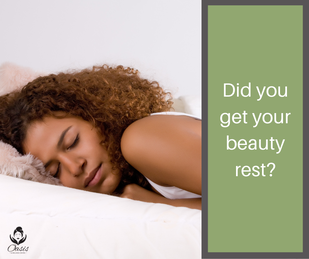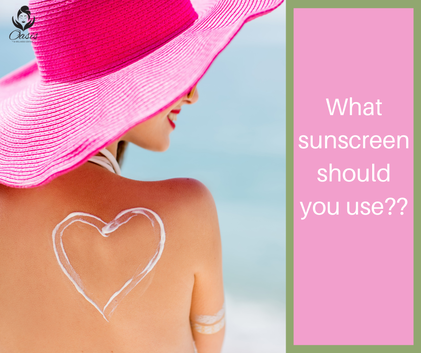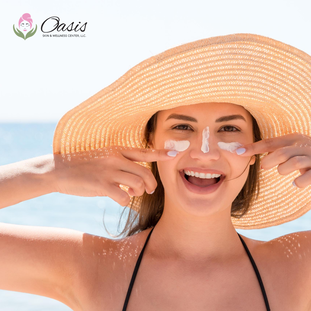 Oh, the days of our youth… Who hasn’t stayed up all night as an adolescent, whether it was due to a party or just because you couldn’t bear to part from the person on the other end of the line. Nowadays though most of us with daily responsibilities get quite irritated if our bodies all of a sudden wake up in the middle of the night and refuse to go back to sleep for hours and hours. Besides the fact that we will probably perform our duties like zombies, our faces will probably reflect our feeling of “zombiehood” with the accompanying
 Did you know that there are more than 2,000 over-the-counter sunscreen formulas available in the US? With all of the available options one should never be caught out in an extended session in the sun sans sunscreen. But how do you know which sunscreen is the right one for you to use? Which is deemed safest? Which gives you the best bang for your buck? All sunscreens have one job to do: Protect your skin from absorbing excessive ultraviolet (UV) radiation. Too much UV causes damage to the skin DNA which can lead to all kinds of unacceptable outcomes from early wrinkling to sunburn to skin cancer. Did you know that sunlight contains different levels of UV radiation? It has UV-A, UV-B, and UV-C. The A and B versions are what we are trying to filter out when we use sunscreen. The C version usually gets filtered out by the Earth’s atmosphere so we do not normally concern ourselves with it.  According to the American Cancer Society, more than 2 million people are diagnosed with skin cancer in the United States each year. There are more than 2,000 over-the-counter sunscreen formulas on the market today. How can you tell which sunscreens are the safest, most effective, and represent the best value for your money? In most cases, the answer comes down to the difference between the two types of filtering ingredients. CHEMICAL or PHYSICAL? The UV radiation in sunlight consists of UV-A, UV-B, and UV-C rays. UV-A and UV-B are both responsible for photoaging, skin cancer, sunburn, tanning, and wrinkling. UV-C is not a factor in skin health, as it is absorbed by the Earth's atmosphere and does not reach us in significant amounts. Broad-spectrum sunscreen protects against both UV-A and UV-B. This protection can work in one of two ways: chemical or physical. |
Details
Archives
July 2024
|
- Home
- About Us
-
Services
- Oasis Membership
- Oasis Skin Analysis and Consultation
- Age Management Facials
- Procell MicroChanneling
- Skin Classic
- Massage
- Ultimate Oasis Body Molding Service
- CryoSkin 3.0 Body Treatments >
- BioSlimming Body Wrap
- Solo Sauna Blanket
- Relaxation Station
- Hair Removal Wax Services
- Lash & Brow Enhancements
- Classes
- Recommended Providers
- Products
- Blog
- Gift Cards
- Payment Plans
- Book Now
|
Contact Information
Oasis Skin & Wellness Clinic Inc. 707 Walnut St Murphysboro, IL 62966 [email protected] Call or Text (618) 207 - 4404 |
|
Subscribe Today
Subscribe to our Leading Lady Newsletter today and receive exclusive offers and updates on "The Oasis Happenings" and helpful tips to improve your skin. |
